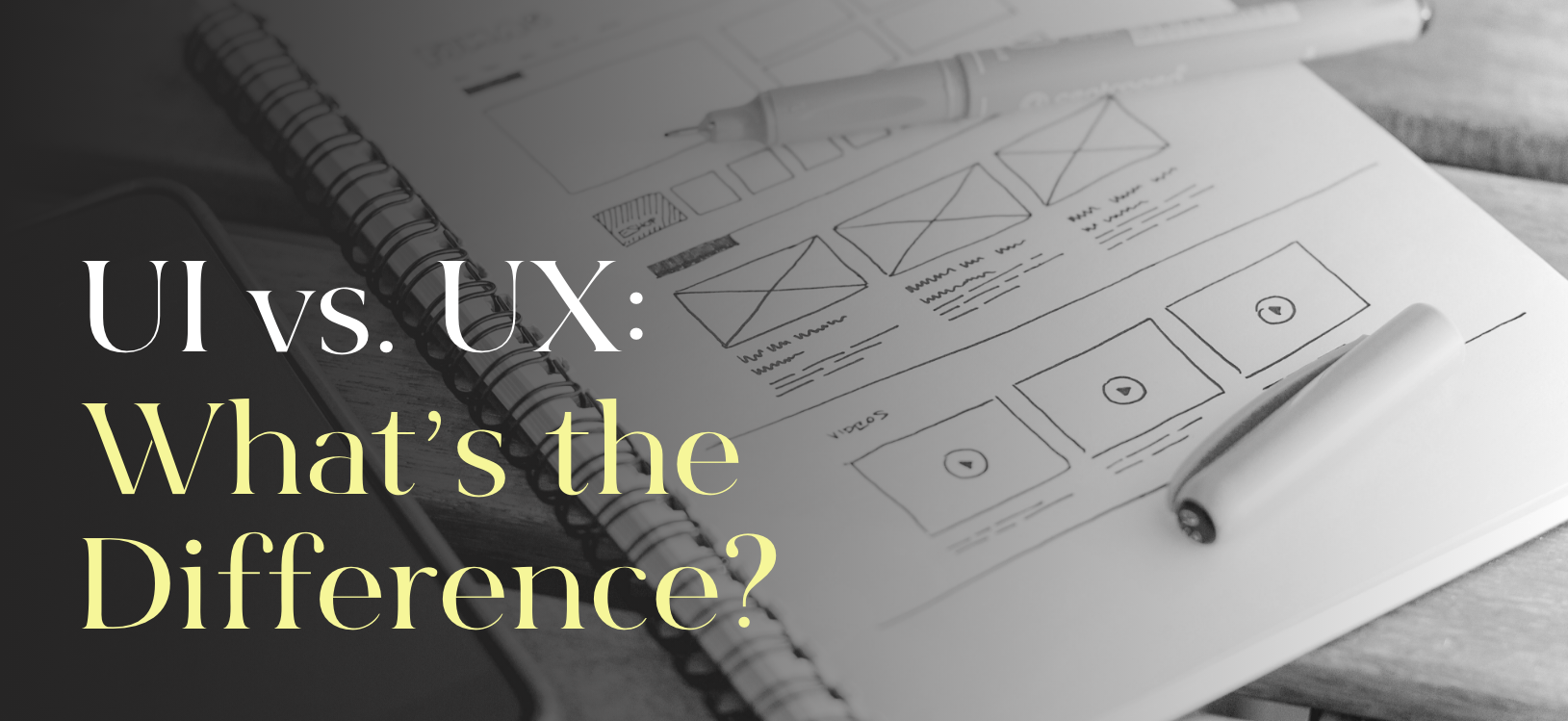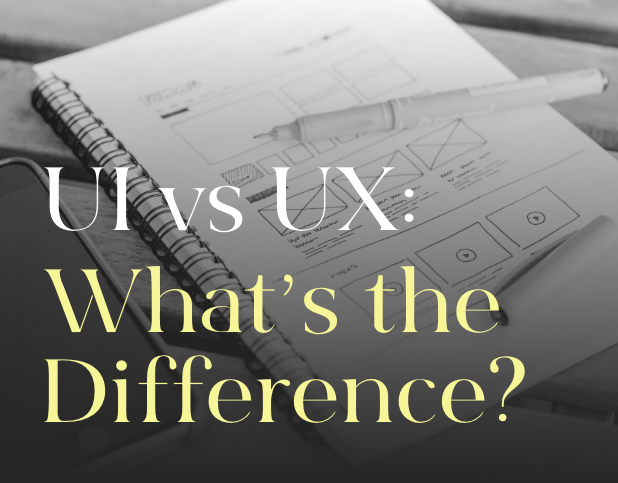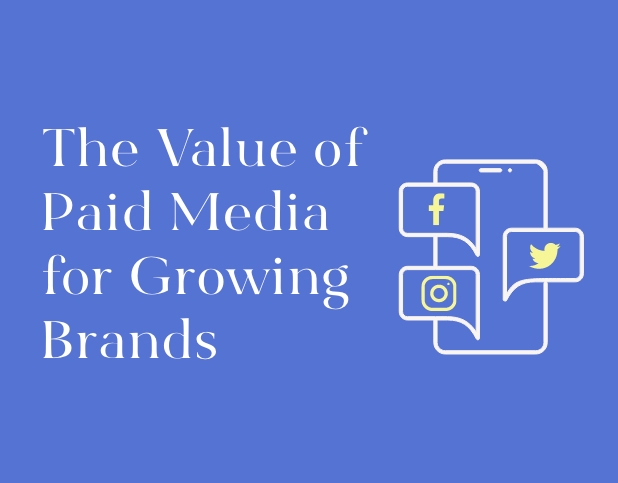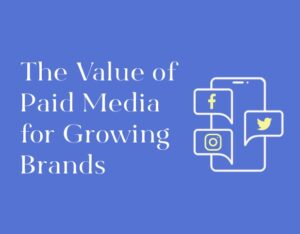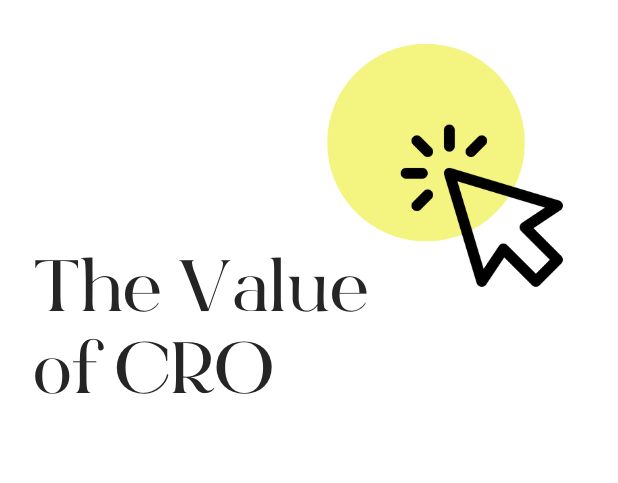Whether you’re an advertising professional or just familiarizing yourself with the world of digital marketing, chances are you’ve heard the terms user experience (UX) and user interface (UI) thrown around. While these terms are often used in conjunction or interchangeably, they refer to two unique aspects of product development and design process. In this blog, we’ll define each term, explore the differences between UX and UI design, and explain why each is important.
What is User Experience (UX) Design?
User experience refers to the interaction between the user and the product or service they are experiencing. In the broader sense, UX applies to anything that can be experienced—such as a mobile app, a website, a vending machine, or even an art installation. In the simplest terms, user experience design is a way of designing products or services that put the user’s experience at the center of your approach. User experience design goes beyond visuals and considers all the elements that shape an experience to give consumers the easiest, most efficient, and most pleasant experience possible.
What is User Interface (UI) Design?
Now that we know that user experience is focused more on the optimization of a product or service for effective and enjoyable use, we can dive into user interface. User interface design complements user experience and serves as the presentation of a product or service. This is how the product or service looks or the tangible design factors that shape the user experience.
In short, user experience is the point of interaction between the user and a digital device or experience, like the screen on your smartphone for example. In relation to websites and mobile apps, UI design considers the look, feel, and interactivity of the product. It’s all about making sure the user interface is as intuitive as possible.
What’s the Difference Between UX and UI Design?
UX and UI go hand-in-hand, but as a result, they are also two of the most confused and misused terms in digital marketing, which is why it’s important to talk about the differences between the two. The easiest way to describe the difference is this: UX design is all about the overall feel of the experience, while UI design is all about how the product interface looks and functions.
If we take a roller coaster, for example, the user experience would refer to the feeling users get while on the ride. This includes the speed of the ride, the stomach drops, the screams and smiles, etc. The user interface of this ride would be the branding and build of the ride: the colors, the theme, the style of carts, the comfortability of the restraints, lighting, structure, etc. If your roller coaster has extremely uncomfortable seatbelts, or the queue is boring, the entire experience will be dampened. Similarly, if you have all the necessary information on your website, but it is difficult to navigate or the buttons and links don’t function properly, your user experience will be significantly impacted.
Hopefully, we’ve helped to clear up some of the long-standing confusion around UX and UI. It’s important to know that this is just the tip of the iceberg and there’s a lot more to UX and UI, so if you’re still curious it’s worth doing a little more research into each field to gain a better understanding. In the meantime, if you have any questions, you would like to learn more, or you have a strong feeling your website UX/UI needs some help… feel free to reach out to us!
About BuzzShift
BuzzShift is a digital growth strategy agency with a focus on mid-market, scaling, purpose-driven DTC Brands. By combining the ideologies of branding, performance marketing, and retention agency, we are able to create memorable experiences with measurable results, and build long-term success for our clients with scalable, sustainable growth. Learn more about BuzzShift.
